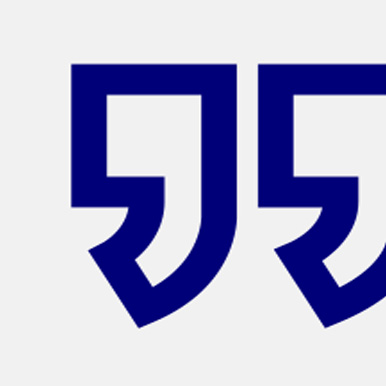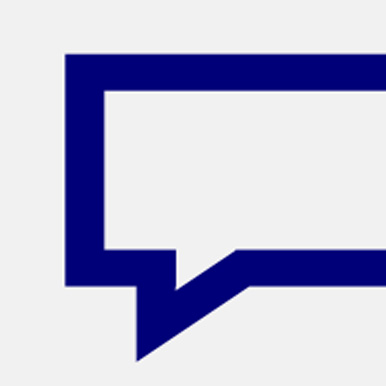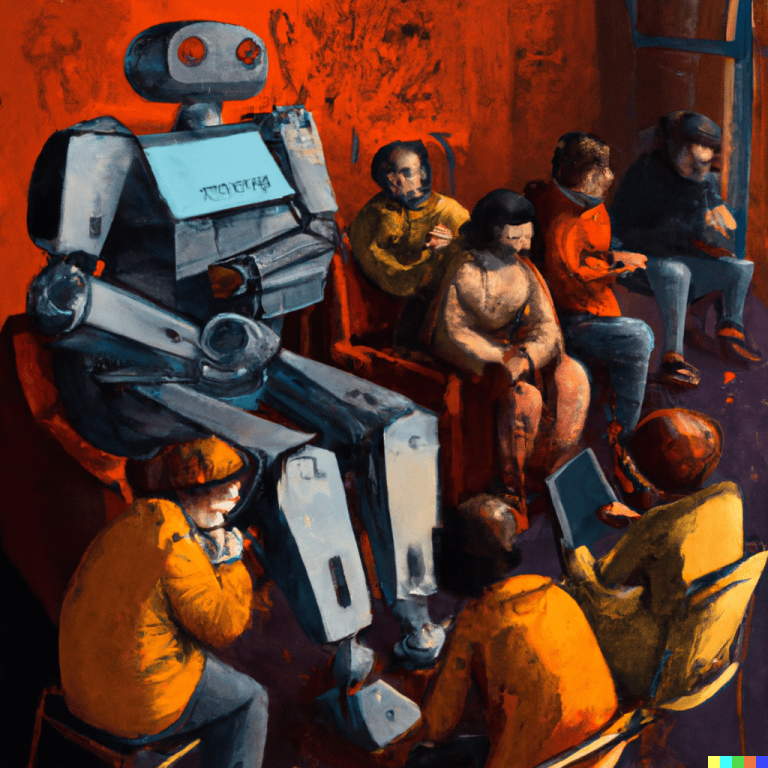Generative AI use in the classroom: tips to prevent student misconduct
29 August, 2023 Photo by Agence Olloweb – Unsplash
Photo by Agence Olloweb – UnsplashThe group of experts in artificial intelligence (AI) at the Universitat Oberta de Catalunya (UOC) eLearning Innovation Center (eLinC) has produced a new infographic with a series of tips aimed at encouraging the proper use of generative AI by students.
In order to prevent student misconduct, these eLinC experts are giving teachers three key messages, which can be included in announcements or in each continuous assessment activity:
- Appeal to students’ sense of ethics, their academic integrity and their self-worth.
- Remind students that they are bound by academic regulations.
- Remind them that, as stated in the course plan, if a test’s authorship is unclear, they may be asked to talk about their work.

What can I do if I suspect misconduct has occurred?
If, despite the previous recommendations, a teacher suspects that AI-related misconduct has occurred, there are two options available to them:

Use AI content detectors. However, these tools will not detect text that has been paraphrased or reworked. They only indicate a probability percentage and cannot provide conclusive proof. They only confirm a degree of suspicion, and as such you should pay close attention to false positives and false negatives.

In this regard, it should also be noted that some AI tools may provide incorrect or inconsistent information. This can lead to suspicions about authorship in texts with errors or inconsistencies.
With regard to citations and references, those provided by AI may be invented or irrelevant. So, if those provided by the student are not real, they may have been generated by ChatGPT. Teachers can also compare the style of a text delivered by students with their previous texts to detect potential inconsistencies.

Talk to the student to confirm the test’s authorship. This lets teachers check whether a student who has submitted a suspicious activity can support everything that they have submitted and understood the content.
They can also send a message to the student to ask for clarification or more information about the answers supplied, as well as to request an explanation of the logical process they have followed to complete the test or part of the task, to prove that they have worked on it.
Other resources on generative AI that may also interest you:
- Generative AI: Useful tools for teaching staff
- Methodologies and activities for assessment and learning with generative artificial intelligence
This material contributes to UN Sustainable Development Goal (SDG) 4, Quality Education.







